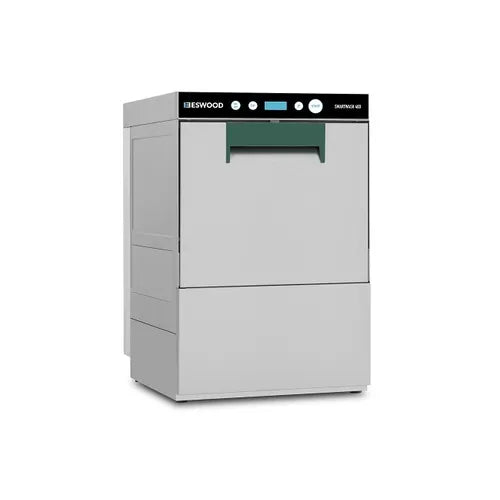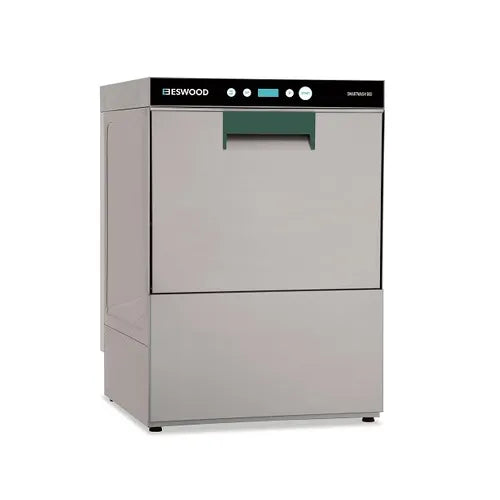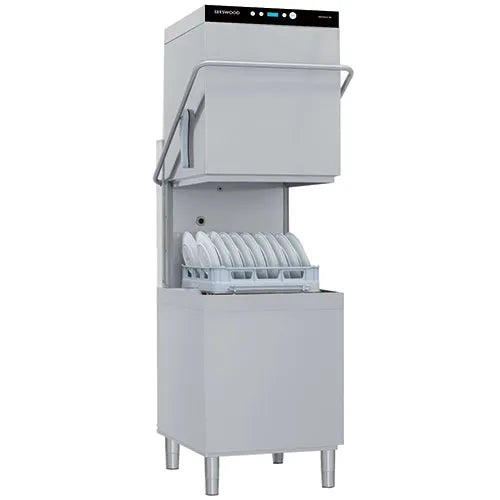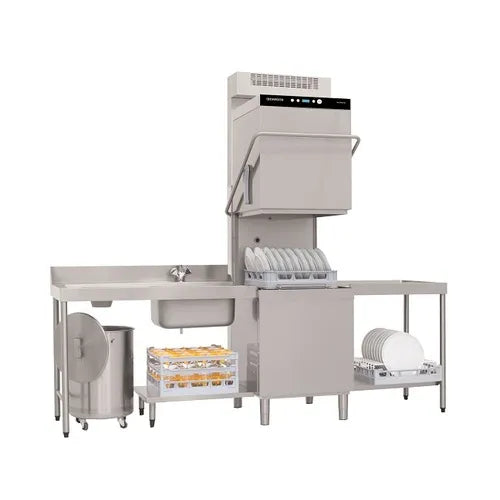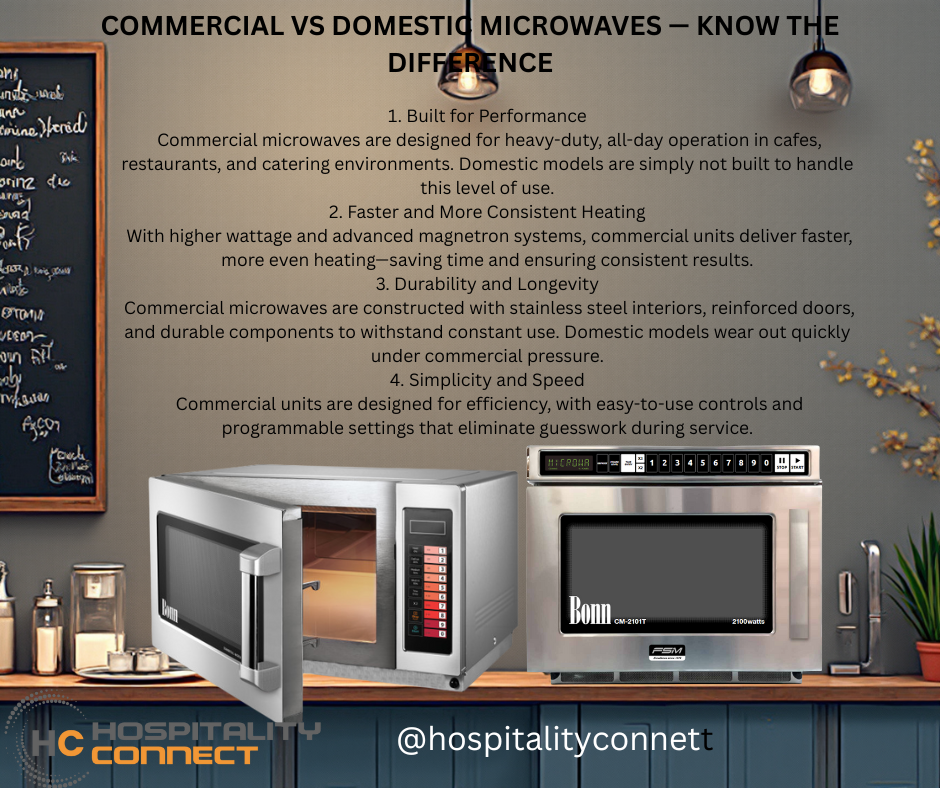Food safety is a top priority in every commercial kitchen, and temperature monitoring plays a critical role in preventing foodborne illness. Many kitchens use infrared (IR) gun thermometers for quick, non-contact checks, but health inspectors often prefer digital probe thermometers instead.
So why do health inspectors not recommend relying solely on infrared guns, and why do they prefer digital thermometers for food safety compliance? Let’s break it down.
1. Infrared Guns Only Measure Surface Temperature
An infrared thermometer works by detecting surface heat, meaning it cannot measure the internal temperature of food. This creates a risk because:
-
The outside of cooked food may be hot enough, but the inside may still be undercooked.
-
Cold-holding foods may appear safe on the surface while the center is above the danger zone (5°C–60°C / 41°F–140°F).
Health inspectors need accurate internal readings to ensure foods are cooked or stored safely according to HACCP standards. This is only possible with a digital probe thermometer.
2. Potential for False Readings
Infrared guns can give inaccurate results if:
-
The surface is shiny, oily, or wet, reflecting heat unevenly.
-
There’s steam, smoke, or condensation, interfering with the infrared sensor.
-
The distance-to-spot ratio is not followed correctly, causing a wider reading area and mixed temperatures.
These inconsistencies make IR guns unreliable as a sole temperature-checking tool, which is why inspectors prefer a direct probe reading.
3. Food Safety Compliance Requires Core Temperature Checks
Health regulations worldwide (HACCP guidelines) require core temperature checks for:
-
Cooking meats and poultry to kill harmful bacteria.
-
Cooling and reheating foods safely.
-
Ensuring cold storage units are holding food below safe thresholds.
Only a digital probe thermometer inserted into the thickest part of the food can guarantee a true core temperature reading, meeting compliance standards.
4. Infrared Guns Are Best Used as a Supplement
Health inspectors don’t ban infrared thermometers entirely. They can be used for quick checks, such as:
-
Verifying surface temperatures of hot-hold foods in buffets or display cabinets.
-
Checking grill plates, fryers, or oven surfaces.
However, they cannot replace a digital probe thermometer because surface readings alone are not reliable enough for safe food handling decisions.
Why Health Inspectors Prefer Digital Thermometers
-
✅ Accurate internal readings for food safety verification.
-
✅ Compliance with HACCP and local food safety laws.
-
✅ Reliable across all food types, including thick cuts of meat, soups, and casseroles.
-
✅ Essential for cooking, cooling, and reheating checks.
Professional-grade digital thermometers from trusted brands like Victorinox, Comark, and Testo are designed for commercial kitchens and meet the accuracy required by health inspectors.
Final Thoughts
Infrared thermometers are a useful tool for quick, surface-level checks, but health inspectors do not accept them as a primary method because they cannot confirm internal food temperatures, which are crucial for safety.
In a commercial kitchen, you should:
-
✅ Use a digital probe thermometer for all HACCP-required core temperature checks.
-
✅ Use an infrared gun thermometer as a supplementary tool for fast, non-contact surface checks.
This dual approach ensures compliance, food safety, and consistent quality, keeping both your customers and your business safe.


